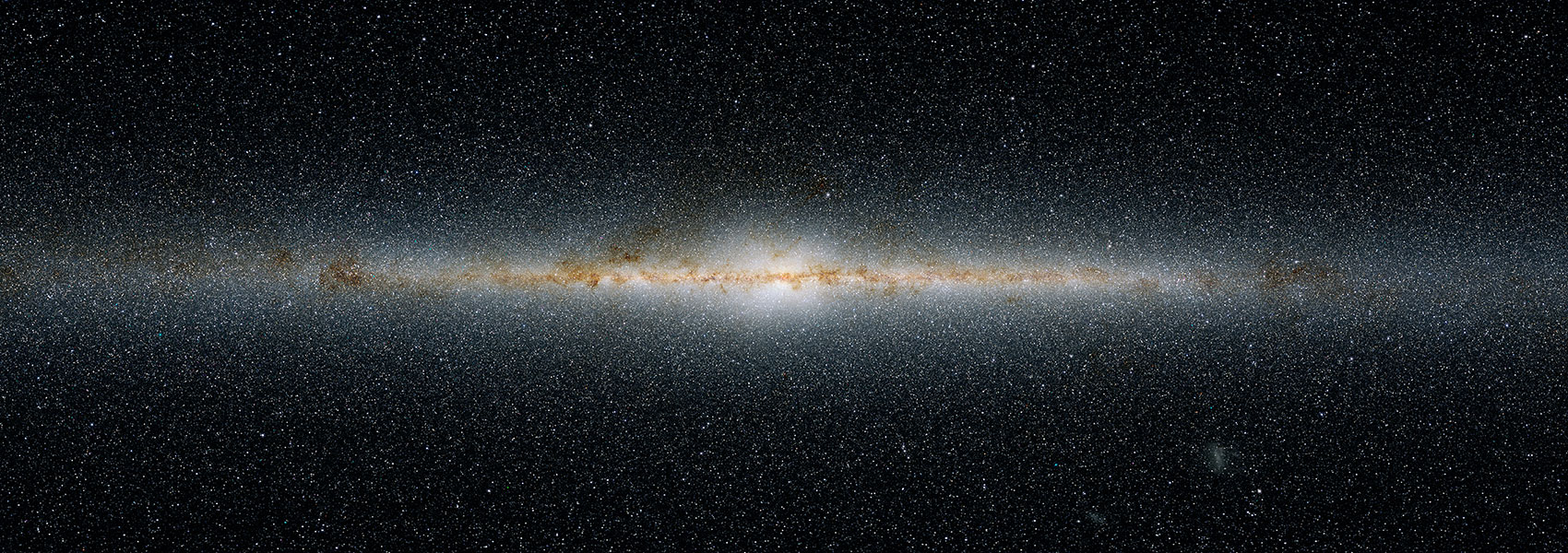August
2021
•
2021ApJ...916...73S
Authors
•
Song, Y.
•
Linden, S. T.
•
Evans, A. S.
•
Barcos-Muñoz, L.
•
Privon, G. C.
•
Yoon, I.
•
Murphy, E. J.
•
Larson, K. L.
•
Díaz-Santos, T.
•
Armus, L.
•
Mazzarella, Joseph M.
•
Howell, J.
•
Inami, H.
•
Torres-Albà, N.
•
U, V.
•
Charmandaris, V.
•
McKinney, J.
•
Kunneriath, D.
•
Momjian, E.
Abstract
•
Nuclear rings are excellent laboratories for studying intense star formation. We present results from a study of nuclear star-forming rings in five nearby normal galaxies from the Star Formation in Radio Survey (SFRS) and four local LIRGs from the Great Observatories All-sky LIRG Survey at sub-kiloparsec resolutions using Very Large Array high-frequency radio continuum observations. We find that nuclear ring star formation (NRSF) contributes 49%-60% of the total star formation of the LIRGs, compared to 7%-40% for the normal galaxies. We characterize a total of 57 individual star-forming regions in these rings, and find that with measured sizes of 10-200 pc, NRSF regions in the LIRGs have star formation rate (SFR) and ΣSFR up to 1.7 M⊙ yr-1 and 402 M⊙ yr-1 kpc-2, respectively, which are about 10 times higher than in NRSF regions in the normal galaxies with similar sizes, and comparable to lensed high-z star-forming regions. At ~100-300 pc scales, we estimate low contributions (<50%) of thermal free-free emission to total radio continuum emission at 33 GHz in the NRSF regions in the LIRGs, but large variations possibly exist at smaller physical scales. Finally, using archival sub-kiloparsec resolution CO (J = 1-0) data of nuclear rings in the normal galaxies and NGC 7469 (LIRG), we find a large scatter in gas depletion times at similar molecular gas surface densities, which tentatively points to a multimodal star formation relation on sub-kiloparsec scales.
Links





